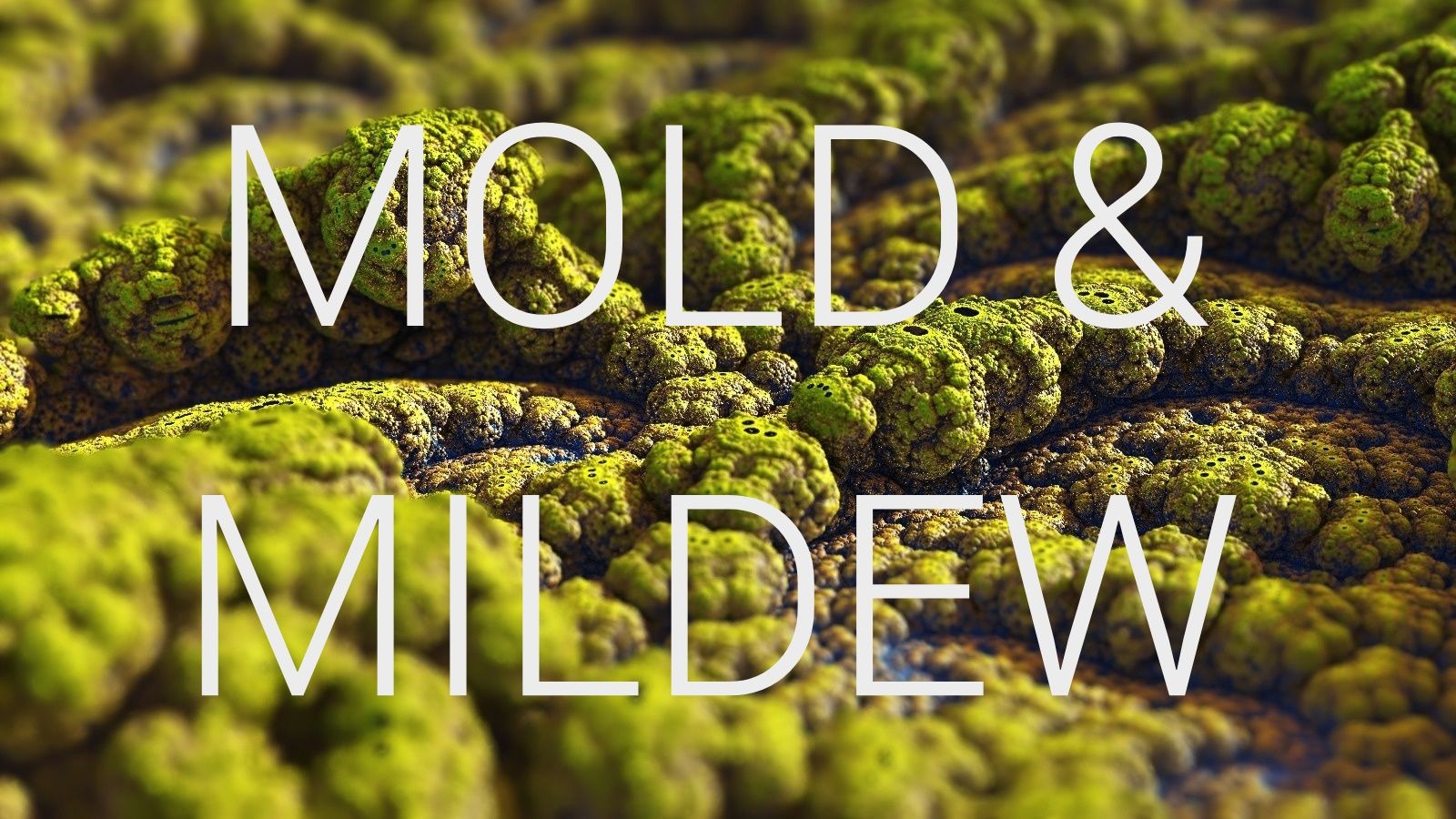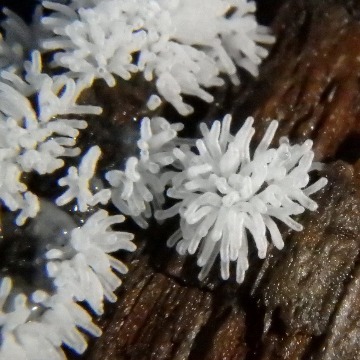
Tired of that mildew smell reaking of sweaty gym socks in your basement? Or maybe you smell it in your laundry room, or bathroom. You may even feel like the aweful smell is holding rooms in your home hostage by causing people to avoid them.
What causes that nasty mildew smell?
Bacteria and mold can cause these smells in your home. This is why the smells come from the damp areas, or where water is. Microbes need water to grow so humidity, water leakage, or flooding can cause a swarm of microbial growth wherever the moisture is. Mold can grow on anything just add water. These microbes produce waste products, and give off chemical gasses that smell bad. Urine is also a major source of these smelly bacteria.
Where does this mold even come from?
Mold comes from mold spores which can be 30 times smaller than the width of a human hair. These mold spores are flying through the air all around us landing on people and pets which carry them further. They land on walls, ceilings, tables, carpets, chairs, food, literally all around us. They are a vital part of life consuming decaying materials. Effectively they are mother natures recycling machines. Mold comes from a mixture of mold spores, moisture, and a food source which can be anything that contains carbon atoms. 95% of what is in your home is carbon based from your carpet to furniture to walls to the millions of plastic materials we live with on a daily basis. Mold can even grow from the oils in a fingerprint. So stopping the spores is impossible, and stopping them from eating is virtually the same. The only thing you can do to prevent the mold in the first place is to control moisture. Water is the 3rd and final most crucial ingredient for mold. This is why you see and smell mold in the damp parts of your home like the basement, laundry room, or bathroom.

Should I worry about mold?
Mold produces mycotoxins which are toxic chemicals hazardous to your health. According to the CDC mold can cause stuffy nose, wheezing, itchy eyes or skin, fever, shortness of breath, and even pulmonary hemorrhage and memory loss. Mold has been linked to development in asthma in children. The CDC also states all mold should be considered dangerous and removed to avoid health risks. There are up to 300 thousand types of mold so it isn’t important to identify which type of mold it is. All mold is bad and the best course of action is to remove it immediately.
How do I get rid of the mildew smell in my basement?
Unfortunately the best way to stop mold is to prevent it in the first place. But once that mildew smell has invaded your home its likely too late for that. But there is a solution! In order to get rid of the smell the mold and bacteria have to be killed. First use a mixture of hydrogen peroxide soap and vinegar to wipe up mold on any hard surfaces. Now porous surfaces have holes that the mold hides in and can’t be easily wiped off. This includes carpet padding, grout, caulk, insulation, and ceiling tiles. If the mold has gotten into these things the material should be thrown out as recommended by the CDC. After those 2 steps the 3rd step is a deep clean that penetrates deeper than any household cleaning product could go. This will remove the smell 100% and any threats left lingering such as mold or spores and also gets rid of any bacteria buildup. This is the heart of what we do here at Biosweep and if you follow these steps your mildew smell will be gone completely. If your ready to reclaim your home send us a call or email by clicking the button below.